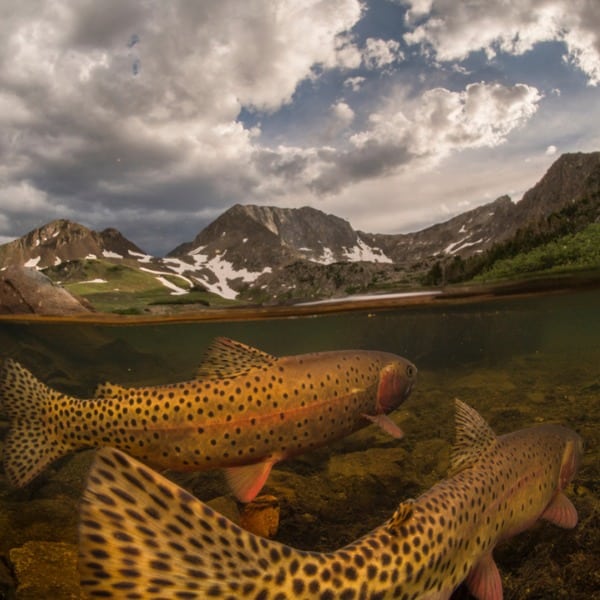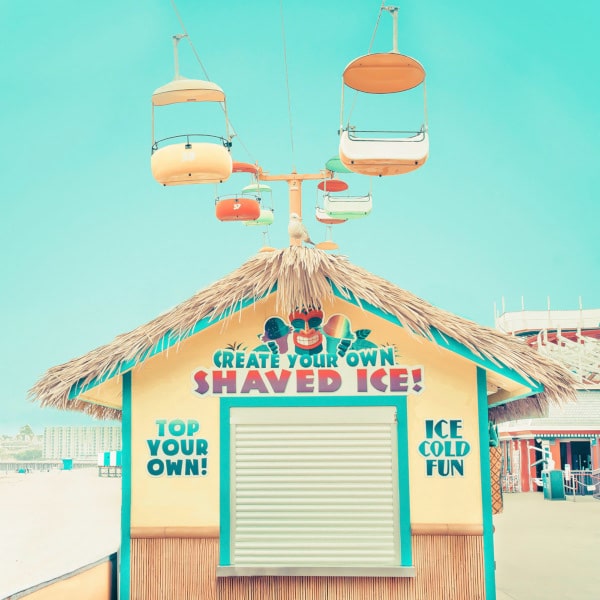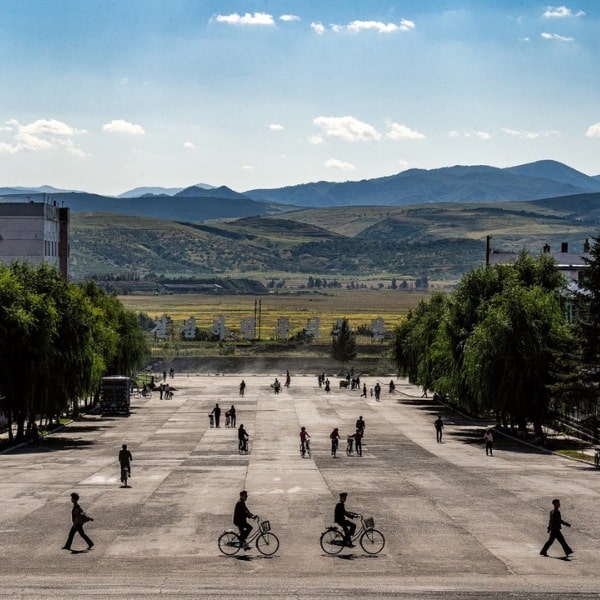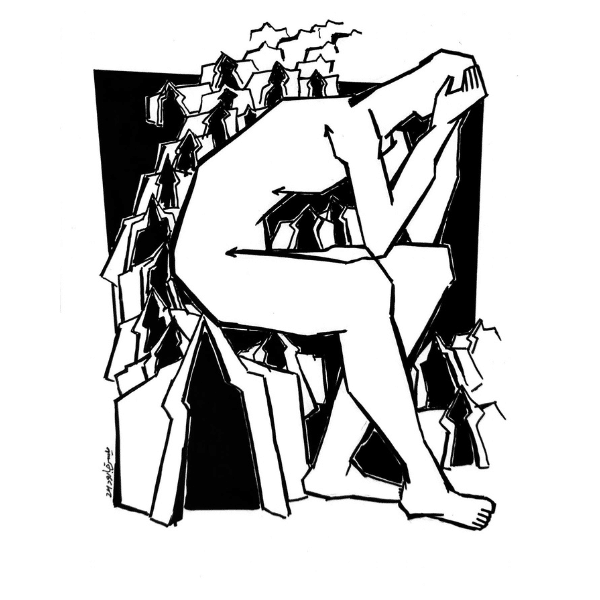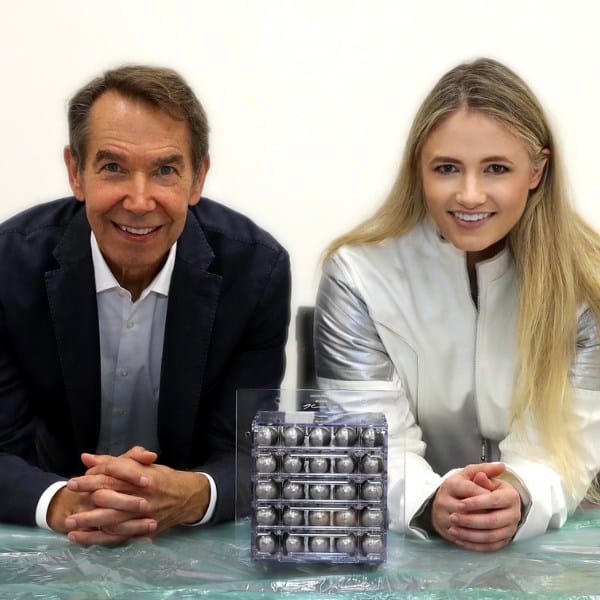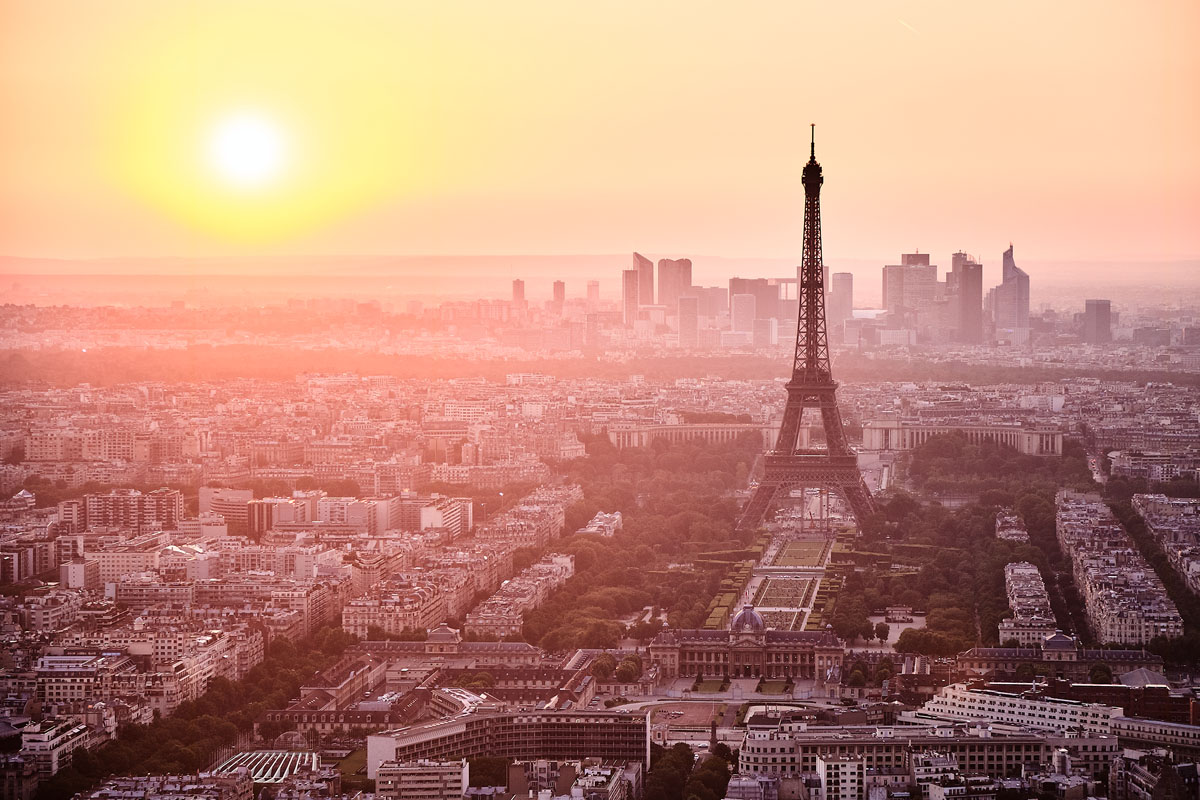
French photographer Adrien Le Falher couples meticulous planning with a poetic vision of the urban environment in his lush cityscapes. From Paris to Penang, his photographs are visual diaries that help him share the world he sees. Le Falher is particularly skilled in his use of light, whether it's to create contrasting moods during a night shoot or to allow sunrise rays to cast a warm glow across the city’s architecture.
While light is a dominant feature in many photographers' work, with Le Falher it's impossible not to notice how much he harnesses light to create the narrative of his pictures. As dominant as the structural features present in the frame, effective use of light has become a signature of his photography.
For Le Falher, who looks more toward fine artists than photographers for inspiration, the journey is all about pushing his work to the limits. Unafraid to wait months, even years, to get the perfect shot he's envisioned, his tenacity has paid off with a portfolio overflowing with stunning imagery.
We had a chance to speak with Le Falher about his work and how he goes about executing his creative vision. Read on for My Modern Met’s exclusive interview.
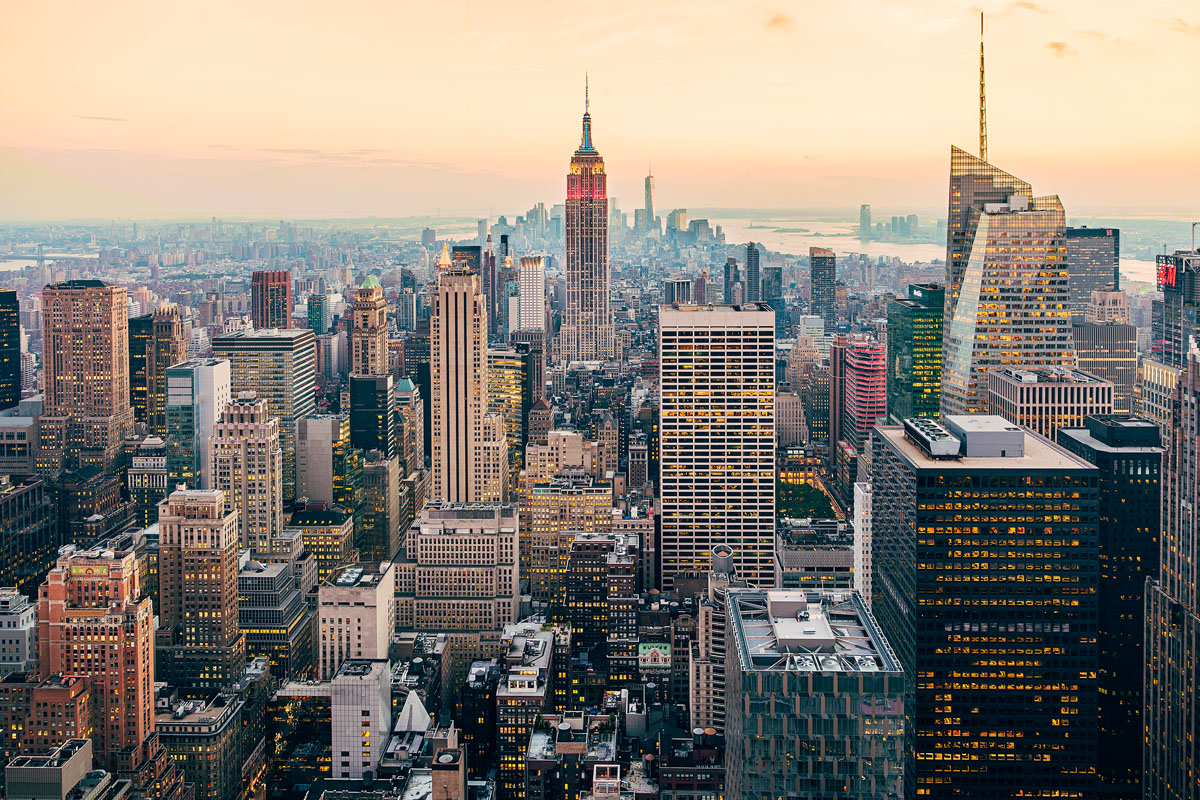
What first got you started with photography?
When I was a kid my father was really into photography. Not especially as an art form, but he was the kind of dad to take his time during our vacation to find good spots and wait for the right moment, instead of just snapping pictures. So when I became old enough, it was natural for me to take pictures during our vacations as well. I found out then how much I liked it and decided to make it a big part of my life.
What’s the most inspiring part about photographing urban environments?
I feel the two themes in my work are the battle between the natural and the artificial and verticality. Urban environments are a great playground for this and fit my love for architecture in general. To me, a building is akin to a sculpture; it's fundamentally three-dimensional. I like to go around them, to line them up, and to create new shapes by combining different structures or reflections. Depending on the angle, a building can both feel monolithic or weightless. It can feel gloomy or it can elevate you. Some people call cities “urban jungle,” and it makes sense to me: I shoot buildings like I would shoot trees—shape, texture, and interaction with light.
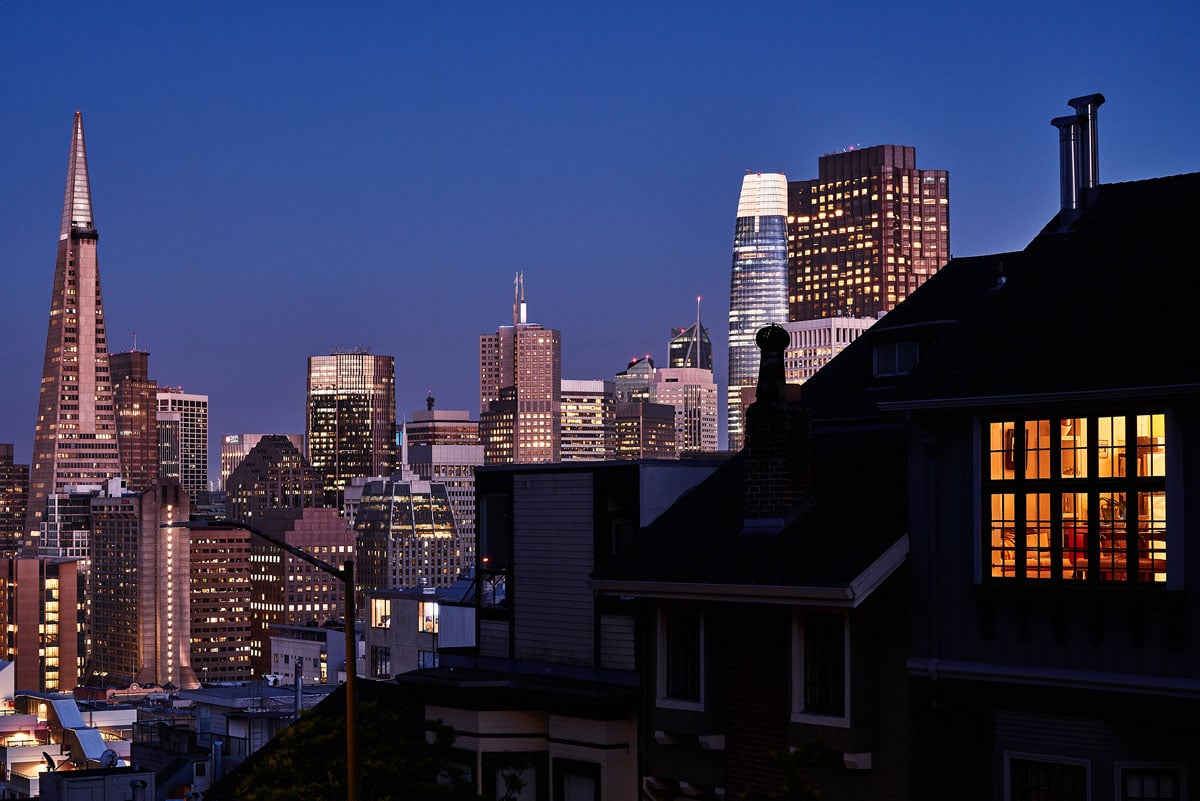
How do you go about making these environments uniquely your own?
I travel a lot to take pictures, and I used to look them up on Instagram and 500px to find good spots. In the end, I was just replicating what I saw. So I decided to stop using photography as an inspiration. I love classical painting and Japanese woodblock printing. I think my two main inspirations are Thomas Cole and Kawase Hasui. I study their compositions, why their artworks resonate with me, and I try to apply that to my photography. I think figuring out your own style is 50% understanding why you like what you like.
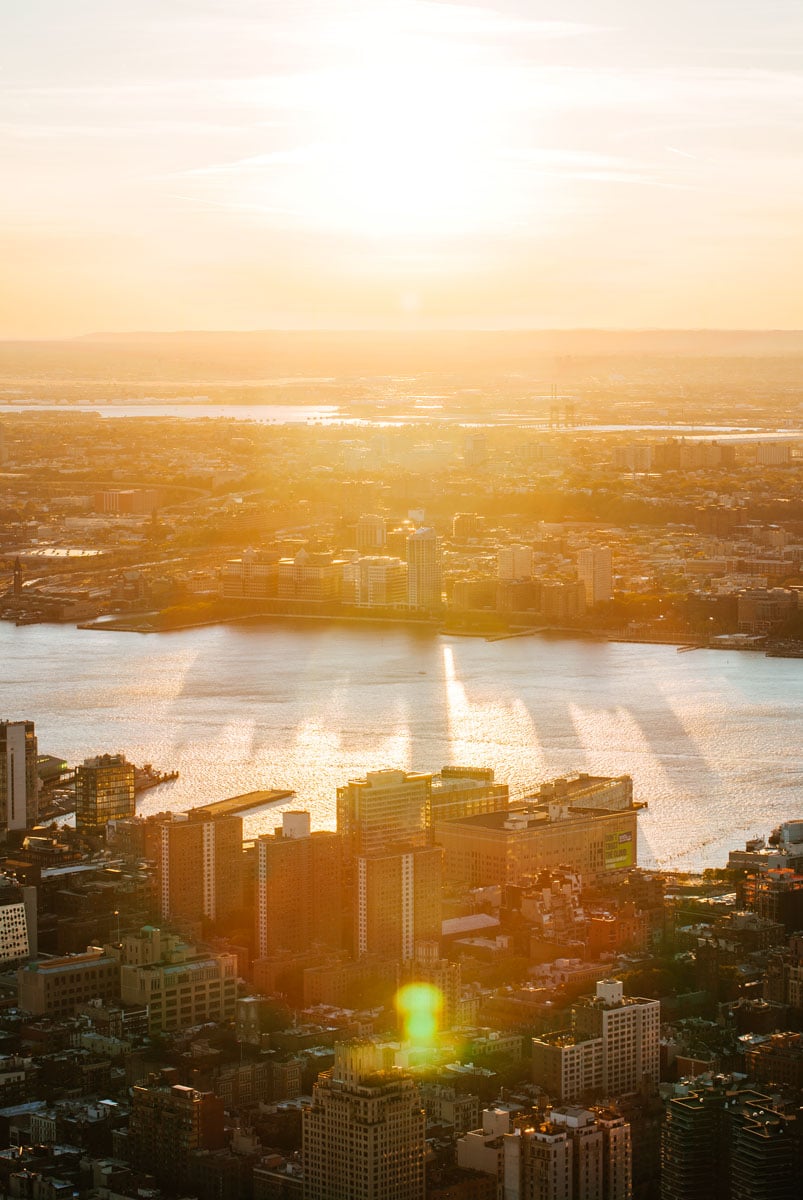
It’s evident that light is hugely important in your work. How have you developed your technique for capturing the right light over the years?
I think in the life of every photographer, there's a special moment when you understand light on an emotional level. At some point, you realize that a certain kind of light moves you, that it's not just a technicality in your art but the pure essence of it. Every subject is light, one only ever photographs light, as its name implies. You have to see a lot of different light, different colors, and different diffractions, to really understand all that light can do.
I travel around the world and see how the sun interacts with the curve of the Earth, and I see how magnificent it is. Good light is also extremely rare, even in propitious places. I loved the light in Myanmar, for example, I've never seen anything like it. But then again it's also so subtle like the most beautiful things are. The difference between a light that would make me cry and a light that wouldn't move me is indescribable.
Like Edward Hopper said, “If you could say it in words there would be no reason to paint.” The same is true for photography. I couldn't describe why exactly that specific ray of the sun moves me, I can only do my best to capture it for eternity.
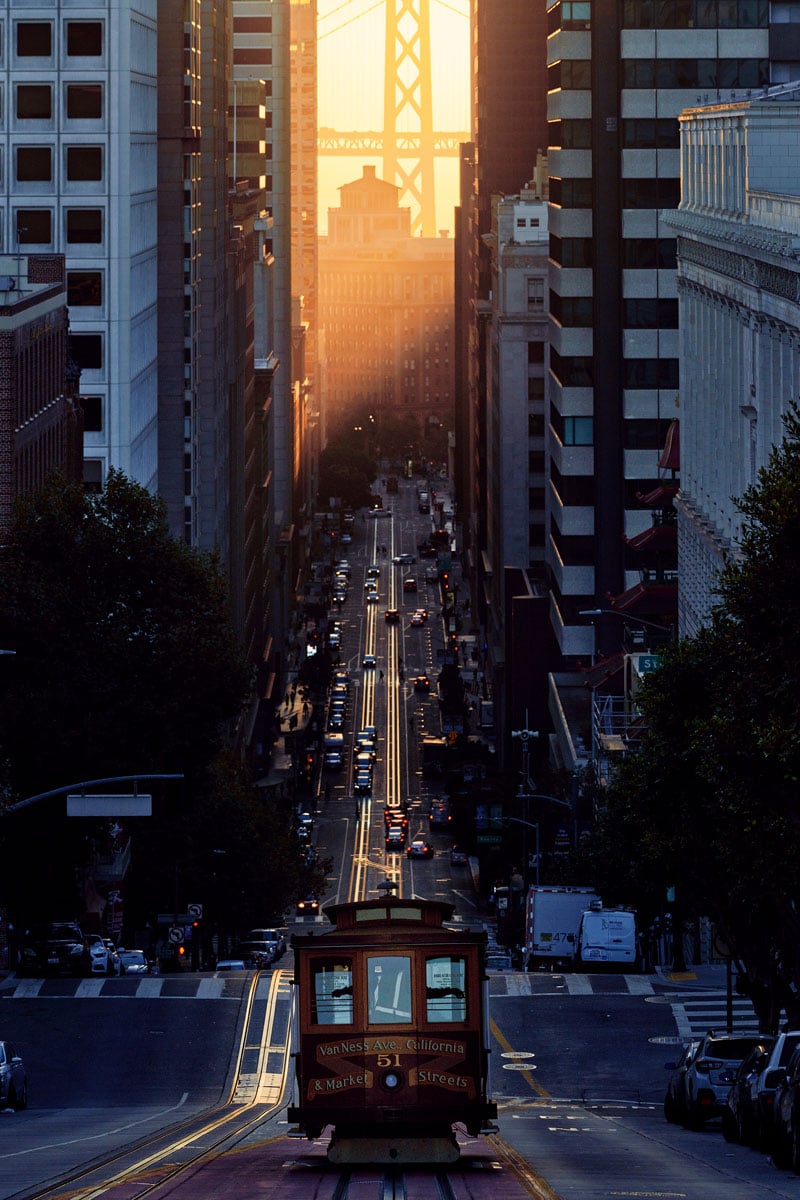
We love this picture of a San Francisco cable car. Can you share a bit about how the photograph was conceived and what it took to make it a reality?
I was lucky enough to come to San Francisco when I was 10, in 2000. I loved the city, I loved the Golden Gate Bridge, I love cable cars. It had this mix of modernity and almost vintage technology that really struck me. So when I knew I would come back, I figured I would take a picture that would encapsulate what I loved so much about the city as a kid. I knew I wanted a cable car as the main subject, I knew I wanted to be about mid-height compared to the buildings in the frame, and I wanted to see the Golden Gate Bridge. So first I checked on a map of where the rails of the cable car were, and then I tried to draw a straight line between them and the Golden Gate Bridge. Unfortunately, I realized I couldn't really have the composition I wanted, and I scrapped the idea for a while.
Later, I was checking out the map of San Francisco again and I realized that I could maybe try to have the Bay Bridge in my shot. So I followed the rails in street view, until I finally found where I wanted to be: pretty high up on a hill, on the route of a cable car, and looking straight at the Bay Bridge. I knew I had the right composition—something that would help me encapsulate how I felt about the city. Then I checked the position of the sun at the dates I would be in San Francisco and figured out if I could have the sun lining up with the buildings. I couldn't, but because there's a big avenue at the end of the street, I was hoping it would let the sun shine through. That's the most difficult thing with urban environments: the towers put streets in shadows for most of the day, and it can make a picture really flat.
After some research, I figured out it would be best to get there for sunrise rather than sunset. So I woke up around 5 am and finally discovered the spot. Everything is lined up as I wanted, however, the sun is pretty weak, either hidden by the buildings or by clouds. I take a few pictures, and they're… kind of bland. This happens a lot—I plan a lot of things, but in the end, the weather is what makes or breaks a picture. That day would not be the one, or so I thought.
So I left and tried to enjoy the city when it was still relatively quiet. But then, I realize the sun has come up, and the light is gorgeous now. So I run back to my spot and BINGO. Not only do I have beautiful rays of light in the background, but something I never anticipated happened: the rails reflected the golden light of the sun, creating the perfect leading lines, joining my foreground and background.
Landscape photography is a lot about planning, and I feel once you understand that it helps you make better pictures. However, no matter how good you are at finding spots, luck is always what makes your picture truly exceptional.
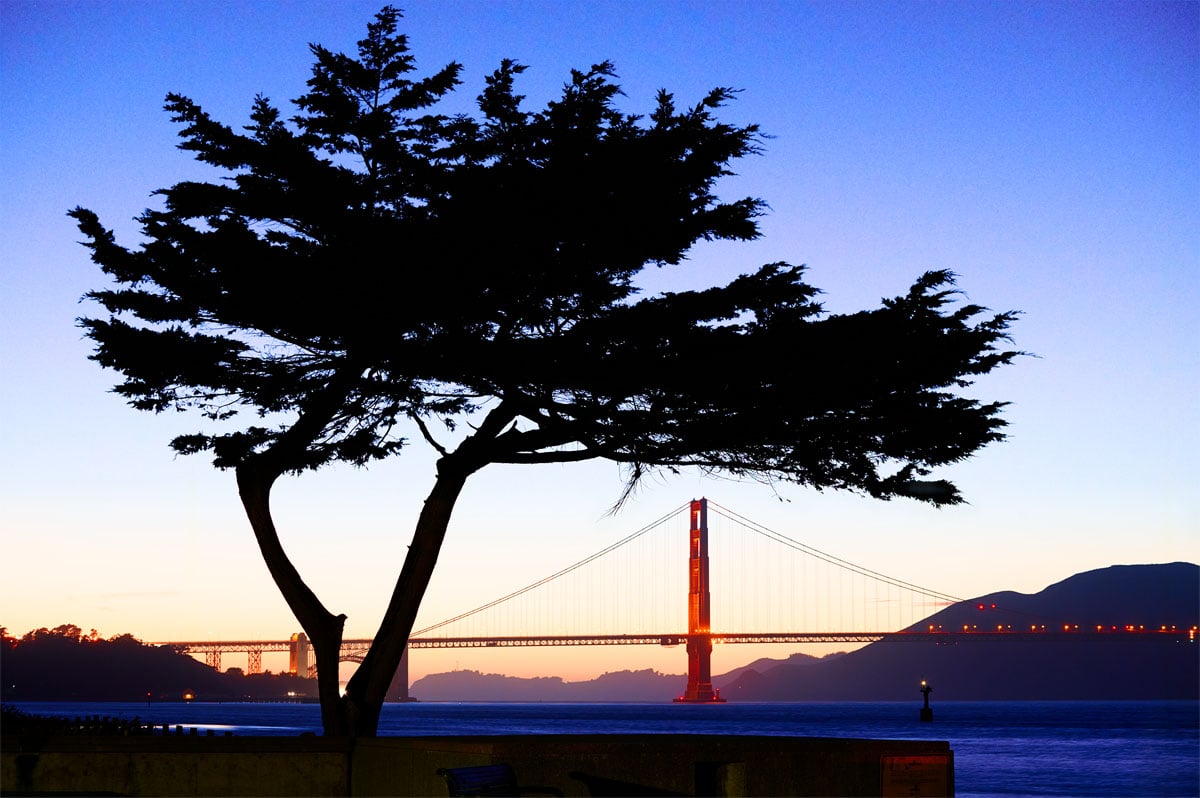
What type of stories are you looking to tell with your work?
This is an interesting question as my educational background is in scriptwriting, so I learned how to write a story with words. However, you can only express so much, words are just a translation of intimate concepts in your brain. So with my photography, I try to tell stories words can't tell—the subtlest emotion, that tiny fraction of time. There's this tension I like in photography, where I try to extract a moment and make it timeless. Like a window on time, a pathway to both another time and a specific feeling. That's always why I have trouble naming my work: if I could reduce the idea in a few words, what's the point of taking the picture in the first place?
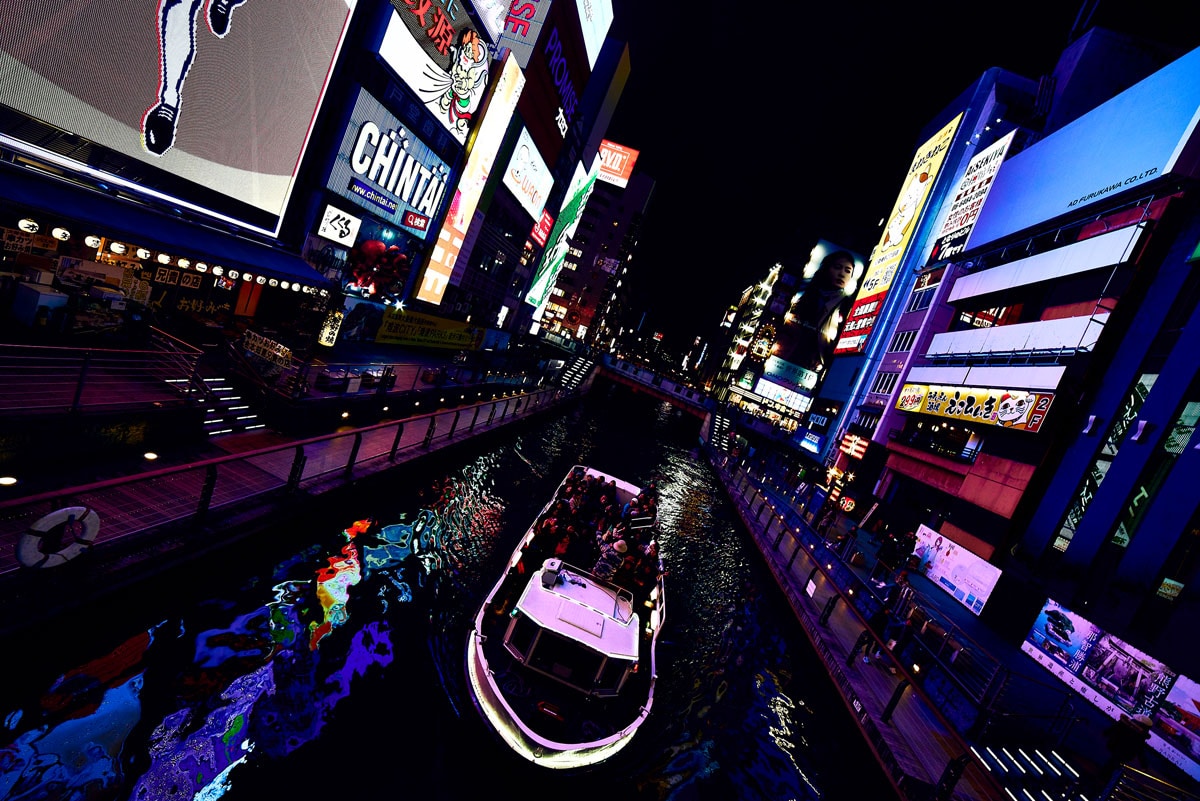
Why do you think that patience is such an important trait for a photographer to have?
As I said, light is ultimately what makes or breaks a picture. But you can't rush light. The Earth goes around the sun, and sometimes you have to wait for months to have the sun in a way that makes sense for your picture. And then, on that special day, you better hope the weather is right!
There's this one picture that I've been wanting to take for 10 years now. It's all planned, and I know the few days in the year when it would make a great picture. I try to take it every year. So far, the weather has NEVER been what was needed. I'm sure other landscape photographers experienced the same things I did: that special moment, where the weather is just perfect, you've waited for years for it, and finally, it is here. The few times it happened to me, I cried. It is like finally meeting a lover you haven't seen for years, and knowing this moment will only last seconds before it is gone. Being a good photographer is knowing you'll have to wait years for that 1/500th of a second.
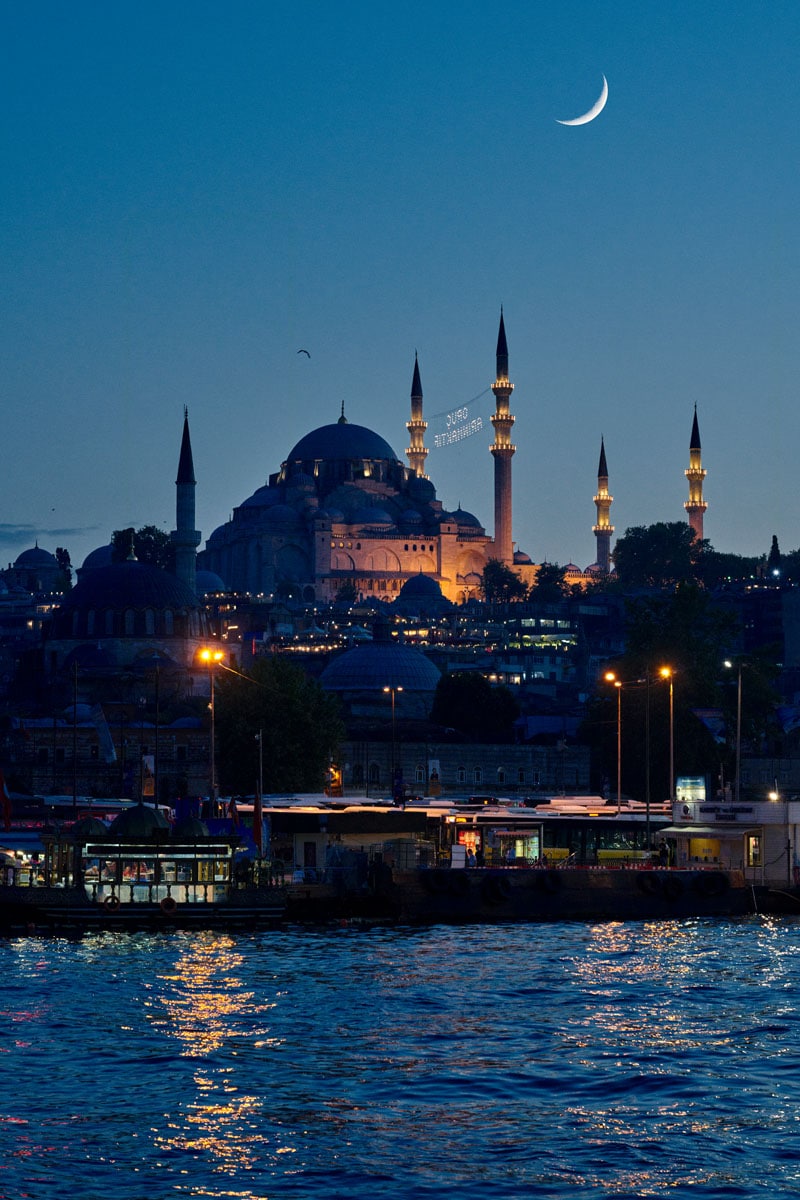
Any upcoming projects you’d like to share?
Yes! The picture of San Francisco cable car is part of a series I did on the American West and I have a book coming out with all the photos of the series.
This trip has been pretty tiring and planning a book is a lot of hard work, so I'm very excited to go back to another medium I really love: AI-Art. It's a great mix of photography and technology. I try to create AI that learns from my own tastes to generate abstract digital paintings that don't look like my pictures at all but somehow replicate, in an abstract way, the feelings I try to capture. It's a very exciting medium and community to be a part of, right now.
Lastly, I'm also very excited to go back to Japan to continue a series of photographs inspired by traditional Japanese woodblock prints, printed on Japanese rice papers.
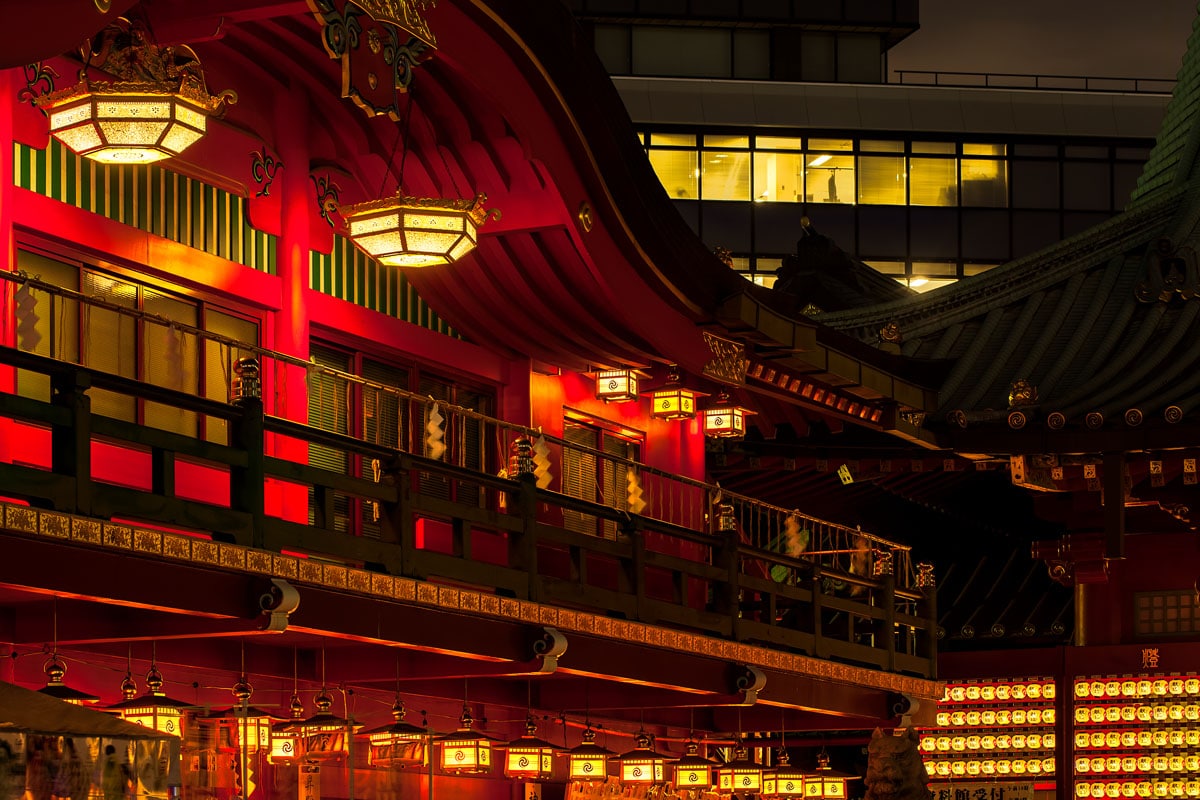
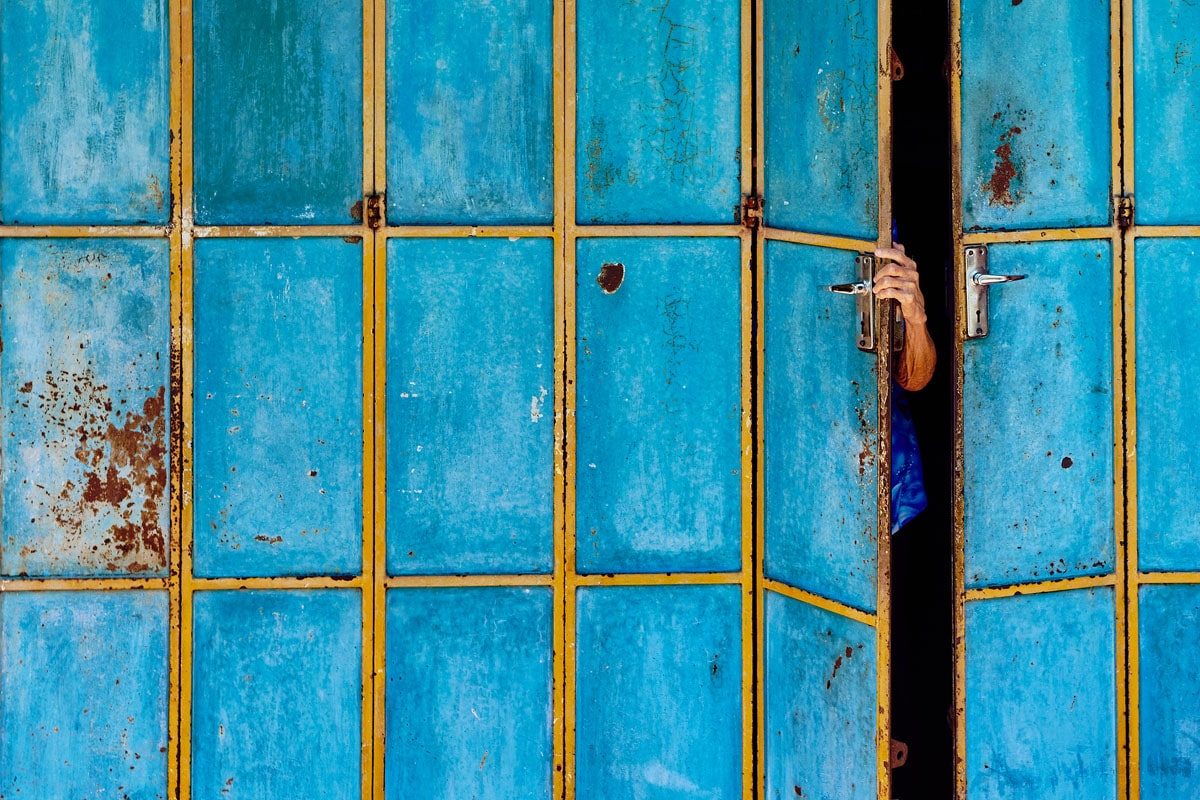
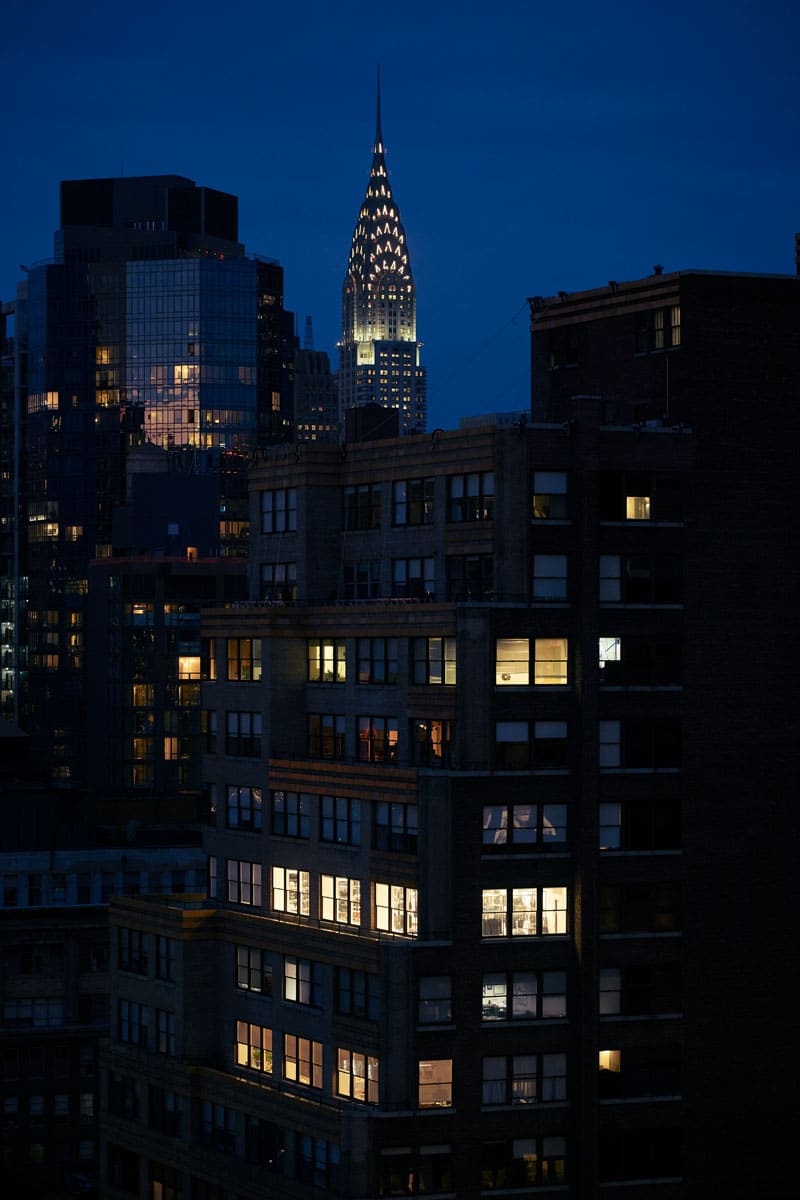
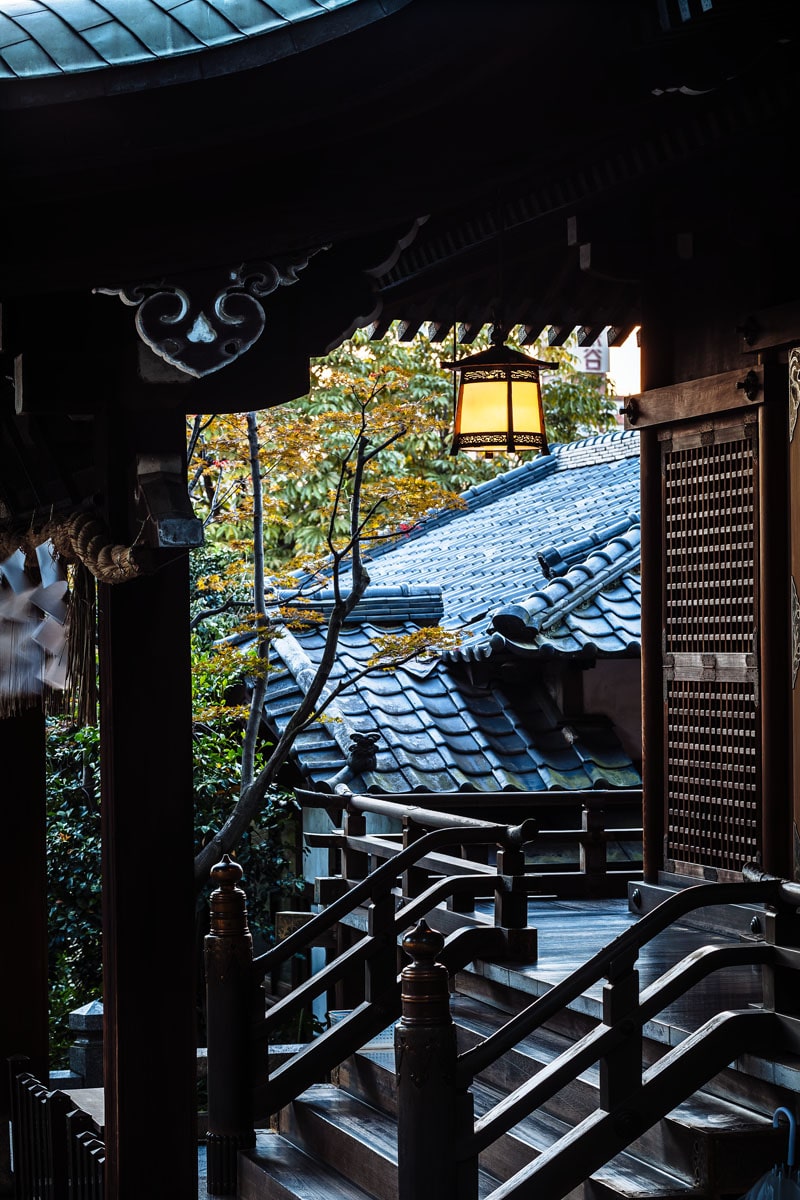
Adrien Le Falher: Website | Facebook | Instagram
My Modern Met granted permission to feature photos by Adrien Le Falher.
Related Articles:
Incredible Cityscapes of Dubai and Singapore in the Midst of Lightning Storms
Moody Cityscapes Reveal Urban Loneliness and Love in Hong Kong and Beyond
Stunning Tokyo Cityscapes Resemble Computer-Generated Works of Art
Photographer Discovers a “Hidden City” in Reflections of New York City Skyscrapers

















































































